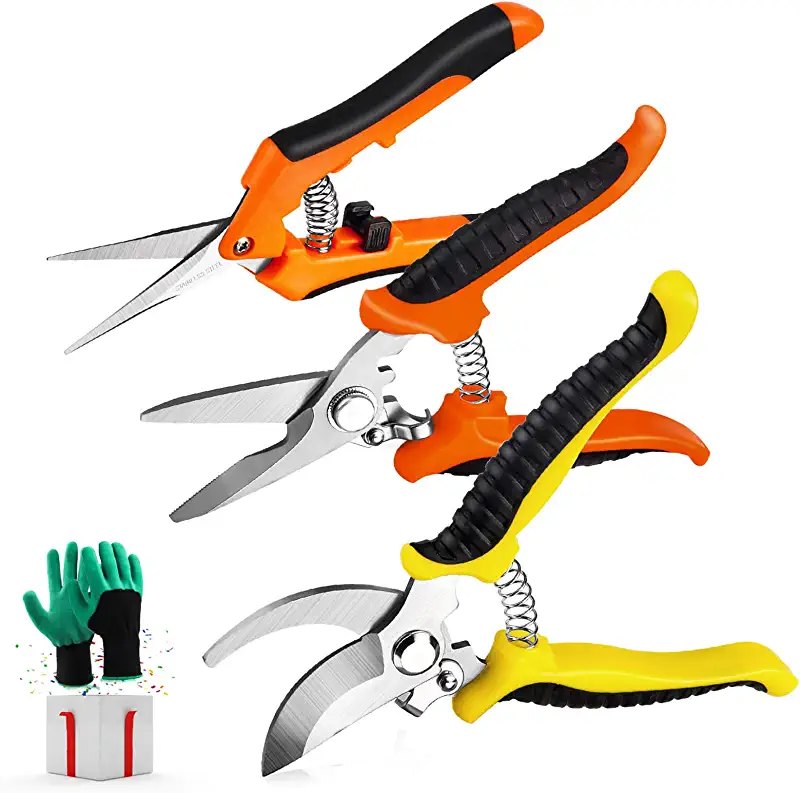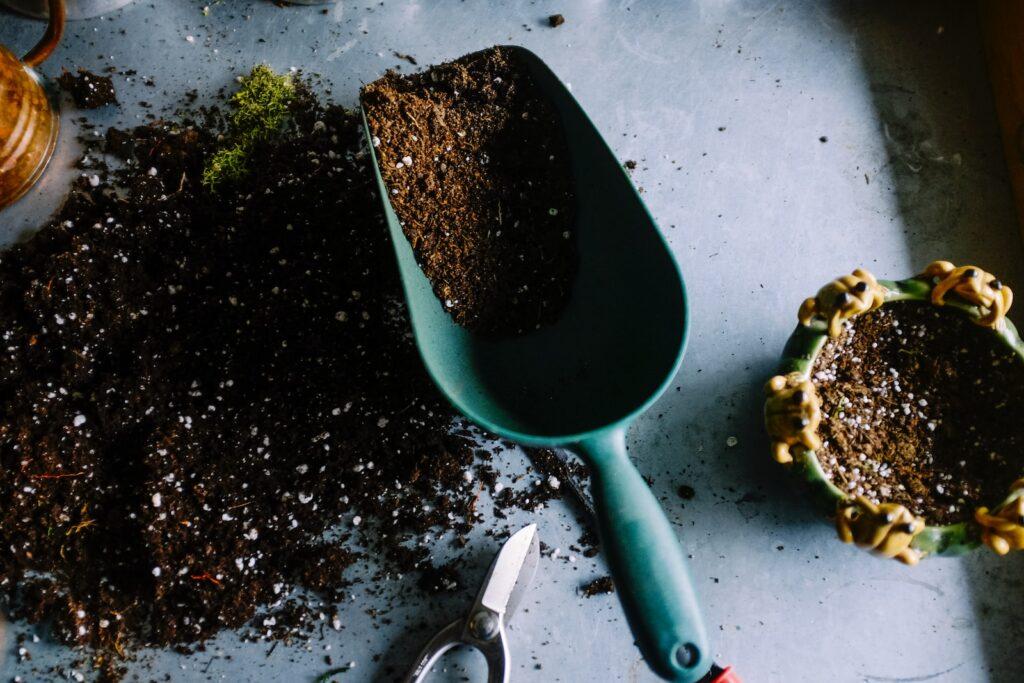Rated & Reviewed is reader-supported. When you buy through links on our site, we may earn an affiliate commission. Learn more.
Pruning is an essential practice for any gardener or landscaper. It helps maintain the health and beauty of plants. Pruning shears are a crucial tool for this task. In this article, we will discuss the different types of pruning shears, how to maintain them, and tips for how to use pruning shears effectively.

Types of Pruning Shears
There are three main types of pruning shears: bypass, anvil, and ratchet.
- Bypass shears have two blades that pass by each other like scissors. They are ideal for cutting live, green growth.
- Anvil shears have a straight blade that cuts against a flat surface. They are best for cutting dead or dry wood.
- Ratchet shears have a mechanism that allows you to make a cut in stages. They are ideal for cutting thicker branches with less effort.
Maintaining Your Pruning Shears
To ensure your pruning shears last a long time and work effectively, it is crucial to maintain them. Here are some tips:
- Clean your pruning shears after each use. Use a damp cloth or brush to remove dirt and debris from the blades.
- Sharpen your pruning shears regularly. Use a sharpening stone or file to sharpen the blades. Make sure to follow the angle of the bevel on the blade.
- Oil your pruning shears to prevent rust and corrosion. Apply a few drops of oil to the blades and hinge after each use.
- Replace any damaged or worn parts. If your pruning shears have a damaged blade or spring, it is best to replace it rather than trying to repair it.
Tips for Using Pruning Shears Effectively
Here are some tips for using pruning shears effectively:
- Choose the right tool for the job. Different types of pruning shears are designed for different tasks.
- Position yourself correctly. Stand in a comfortable position with your feet shoulder-width apart.
- Identify the branch collar. This is the swollen area where the branch meets the trunk. Make sure to cut just outside of it.
- Cut at an angle. This will help prevent water from collecting on the cut and promote healing.
- Avoid cutting too close to the trunk. This can damage the tree and make it more susceptible to disease.
FAQs
Q: How often should I sharpen my pruning shears?
A: It depends on how often you use them. If you use them frequently, you may need to sharpen them every few weeks. If you use them less often, you may only need to sharpen them a few times a year.
Q: Can I use pruning shears to cut anything other than plants?
A: No, pruning shears are designed specifically for cutting plants. Using them to cut anything else can damage the blades and make them less effective.
Q: Can I prune any time of year?
A: The best time to prune depends on the plant. In general, it is best to prune in late winter or early spring before new growth begins. However, some plants may require pruning at other times of the year.
Conclusion
Pruning shears are an essential tool for any gardener or landscaper. By choosing the right type, maintaining them properly, and using them effectively, you can help keep your plants healthy and beautiful. Remember to clean, sharpen, and oil your pruning shears regularly, and always use the right tool for the job. Happy pruning!
Amazon and the Amazon logo are trademarks of Amazon.com, Inc, or its affiliates.


